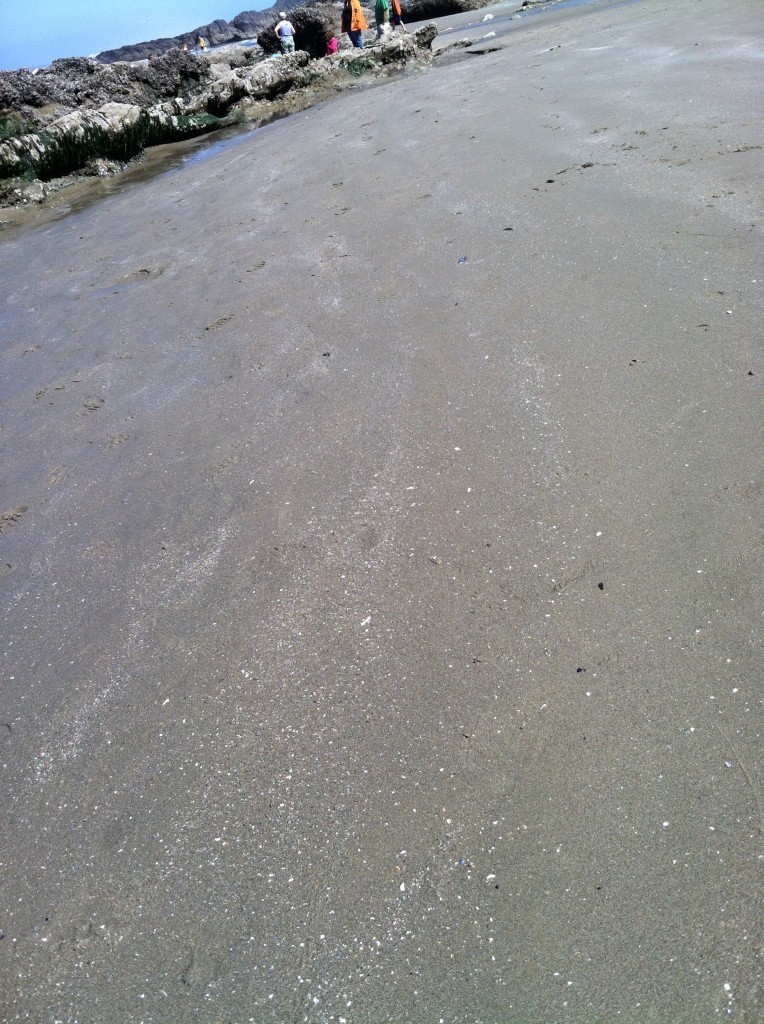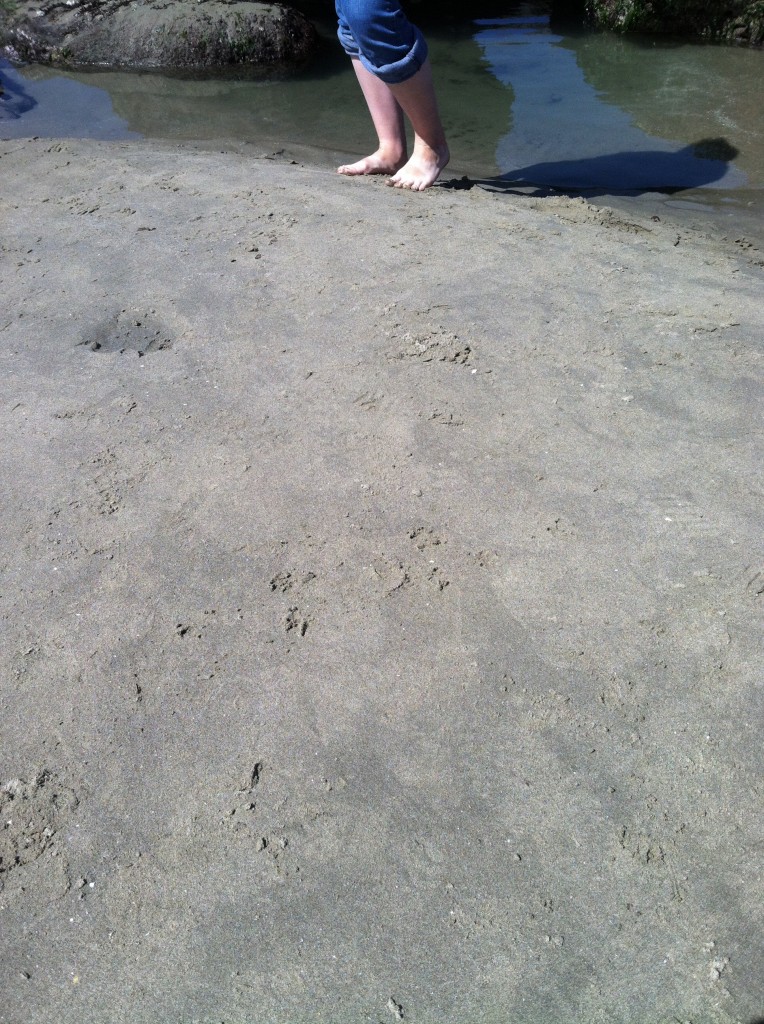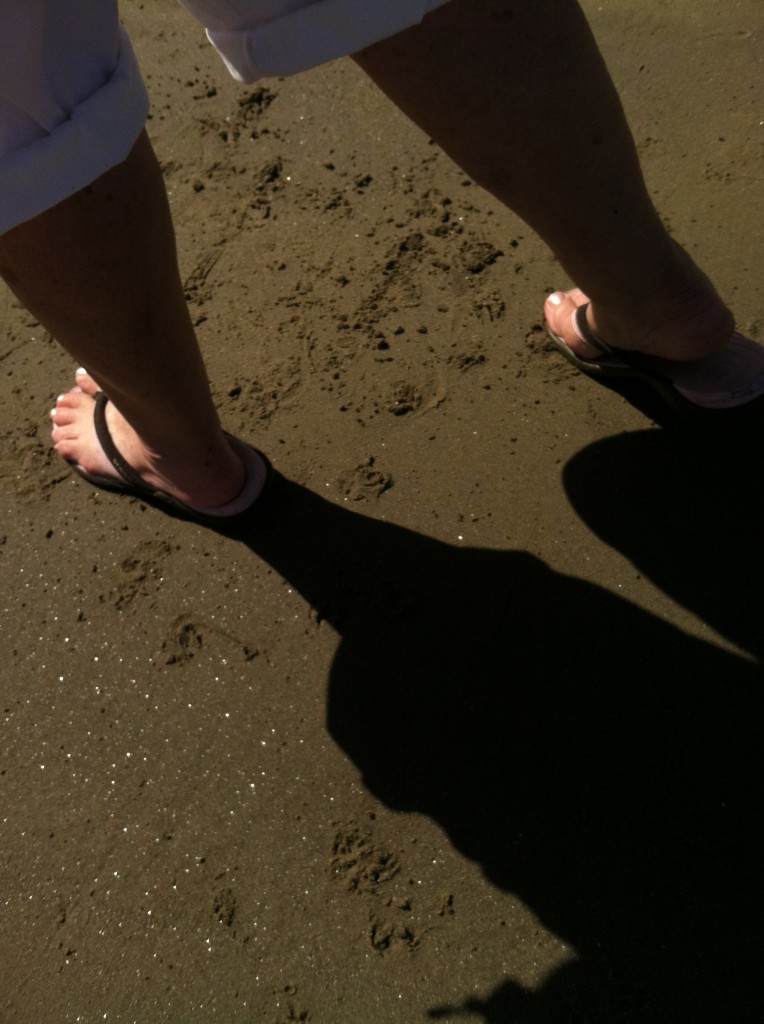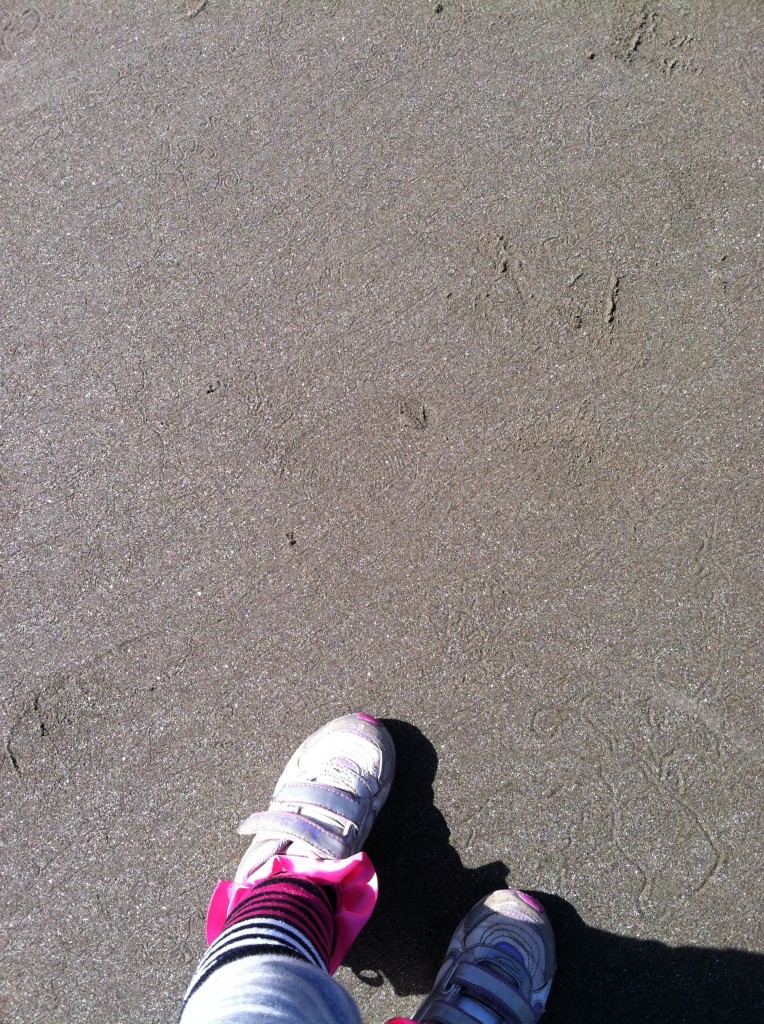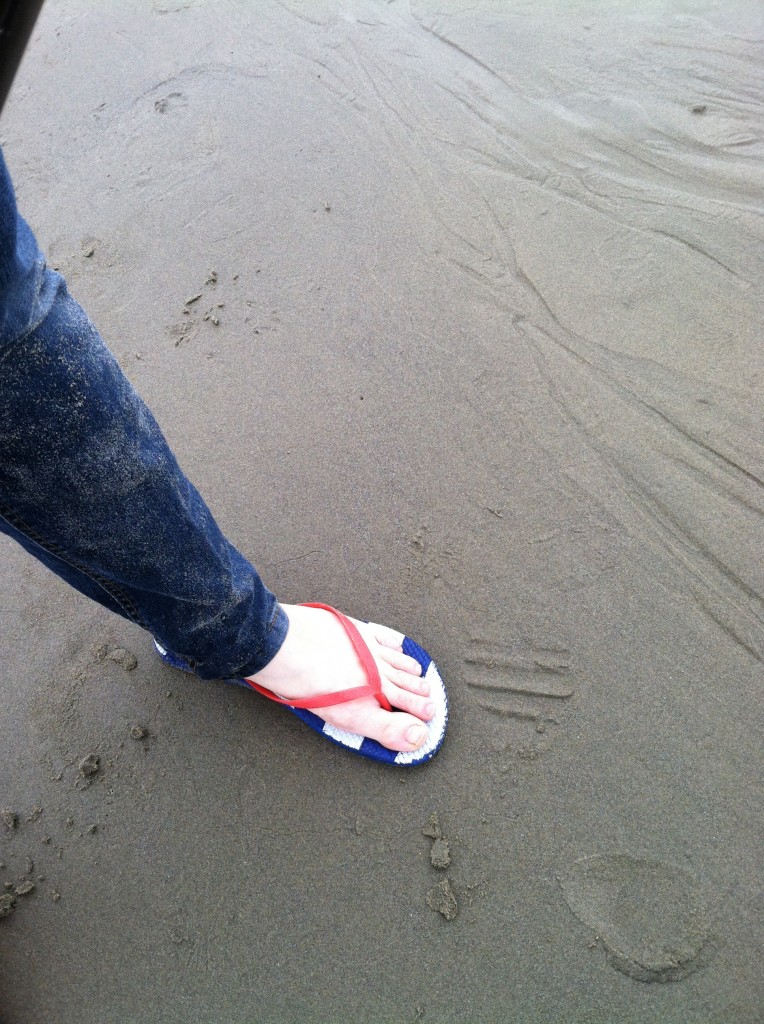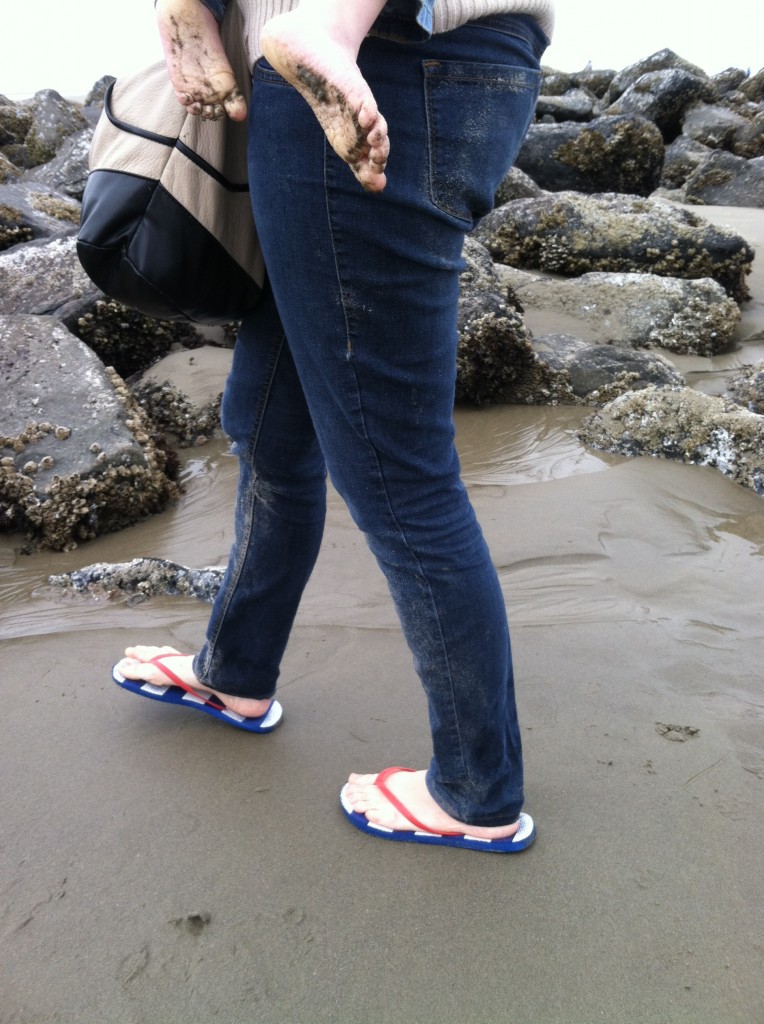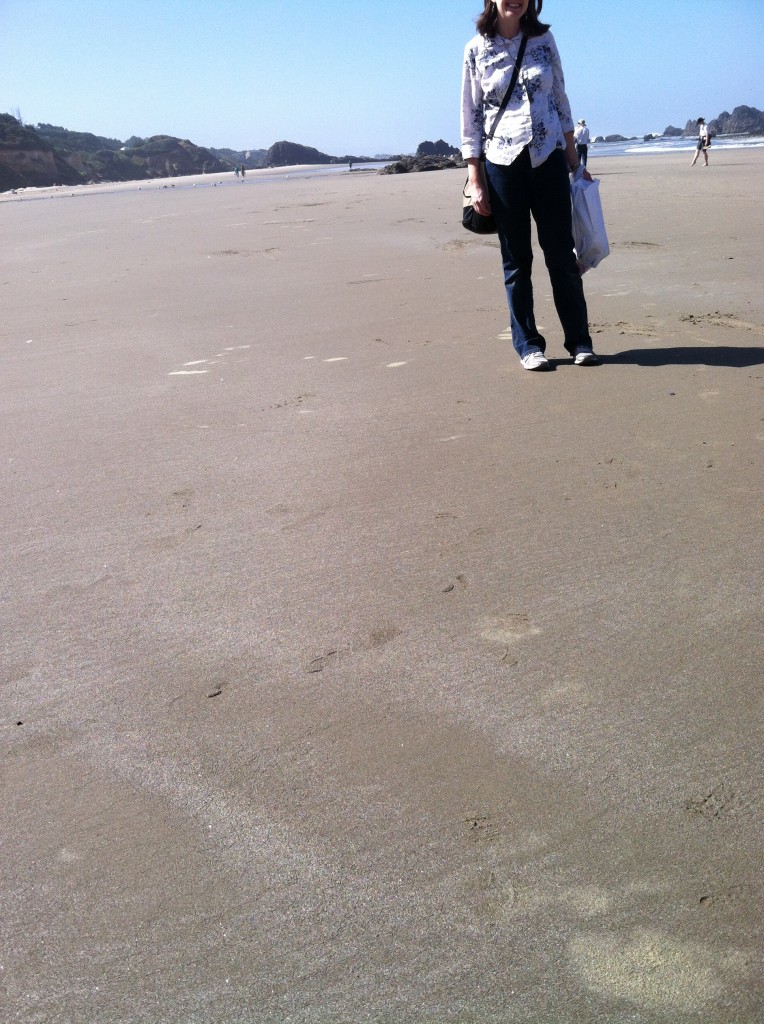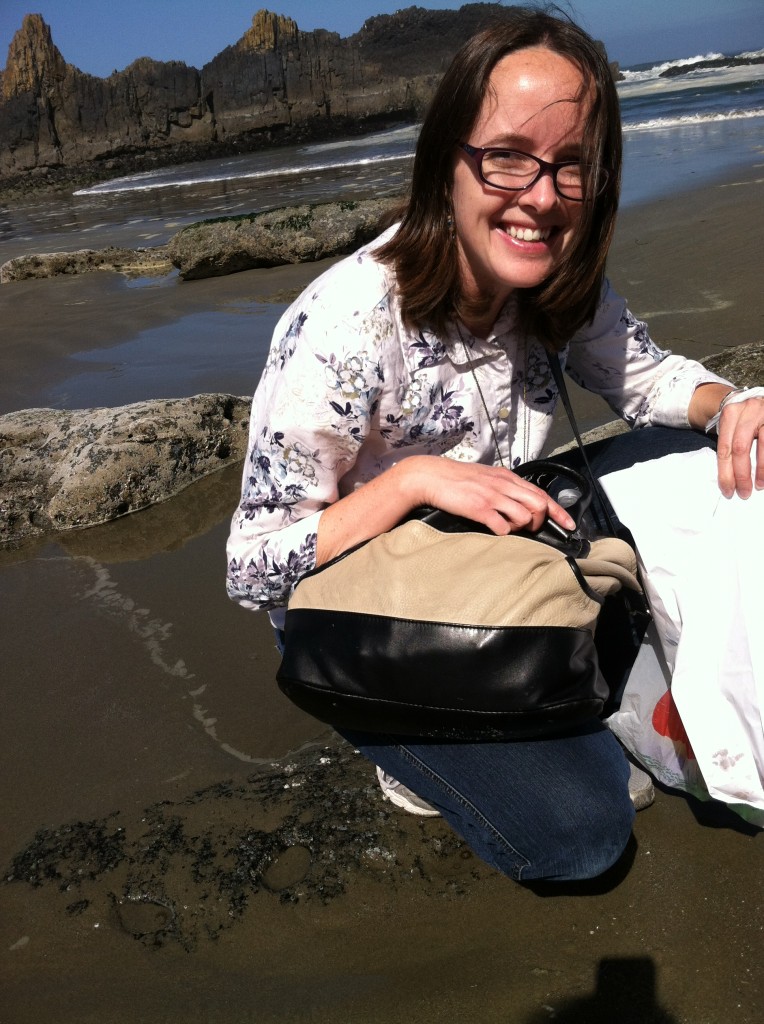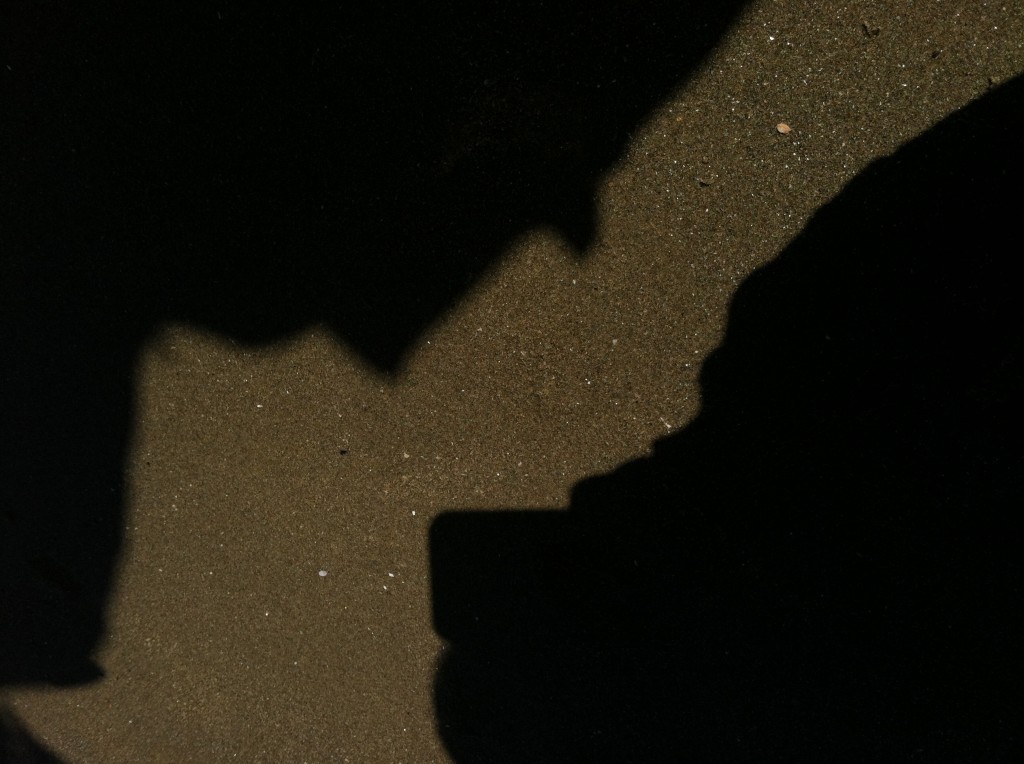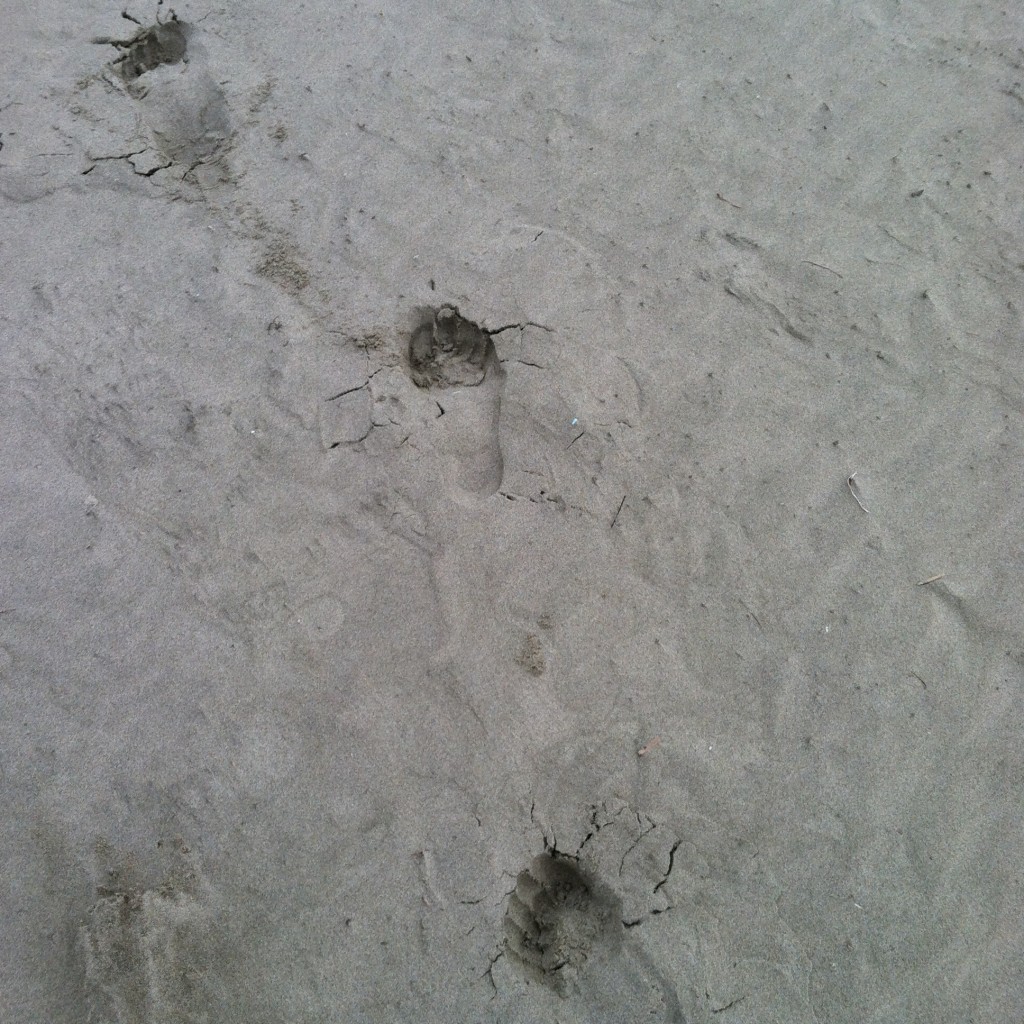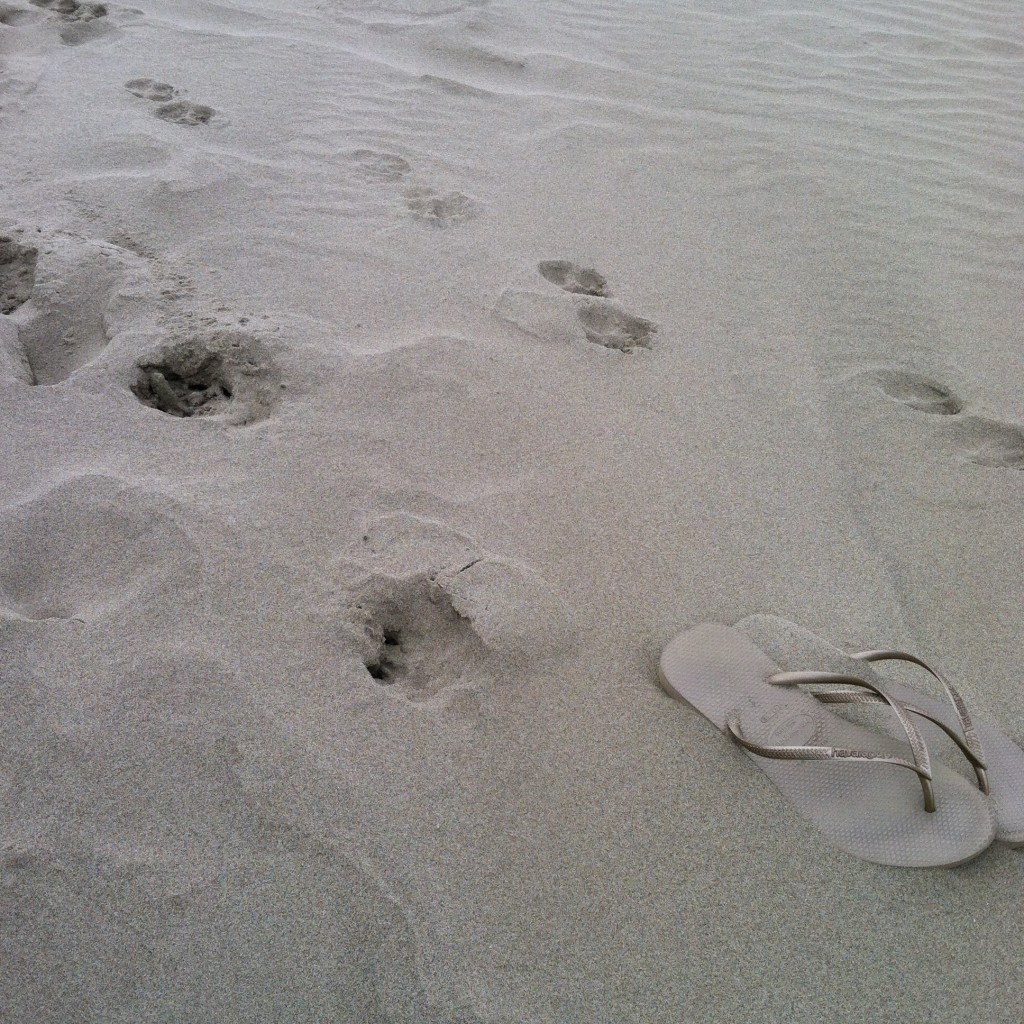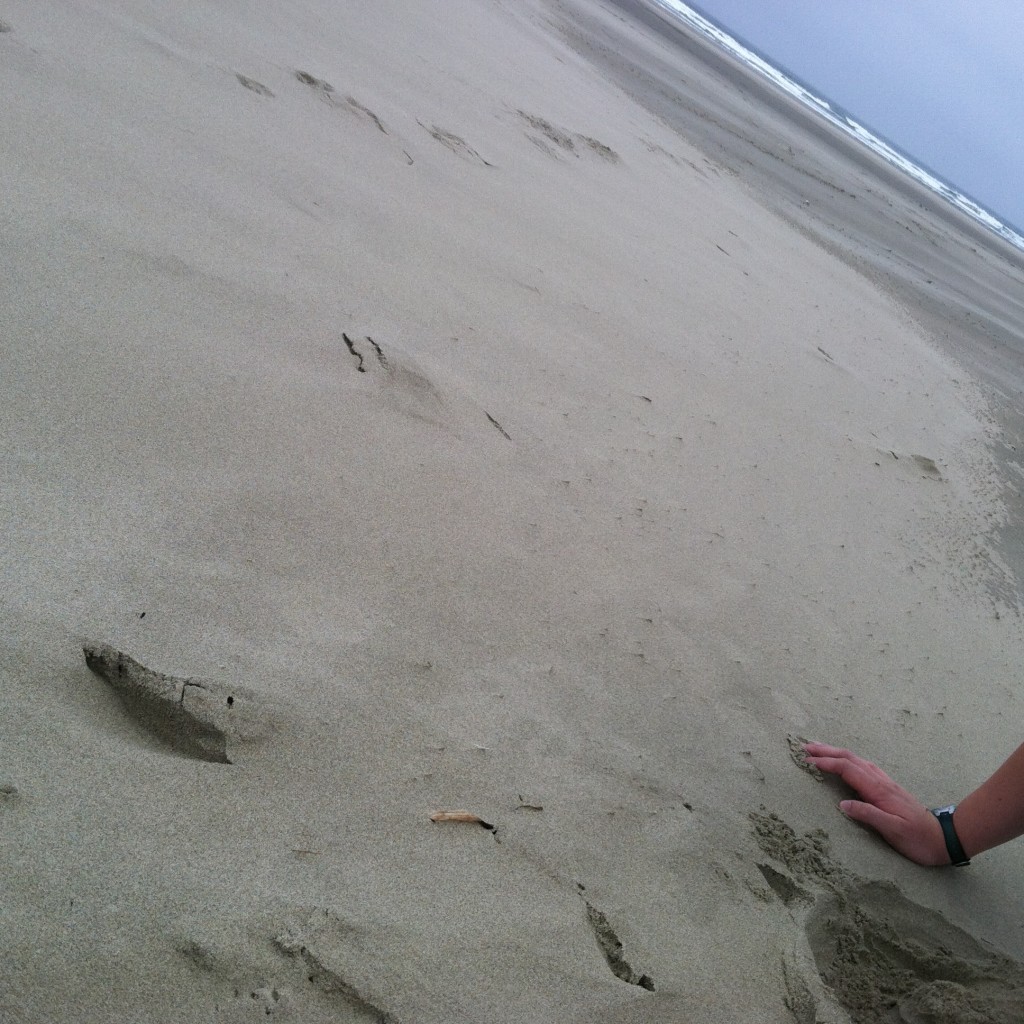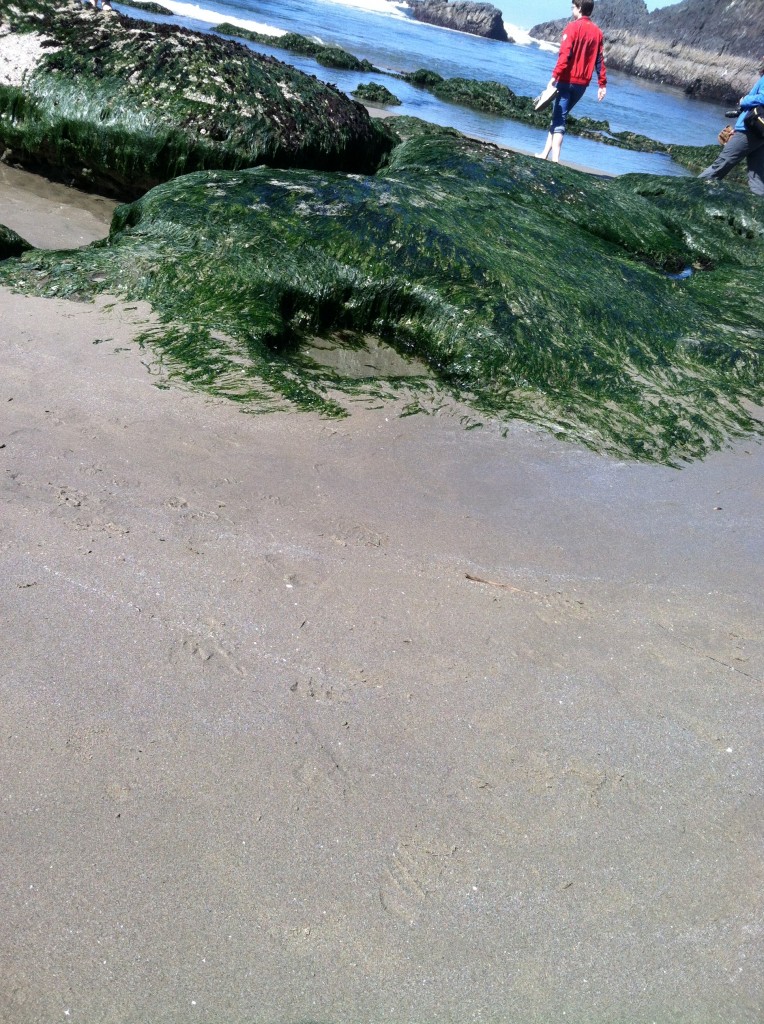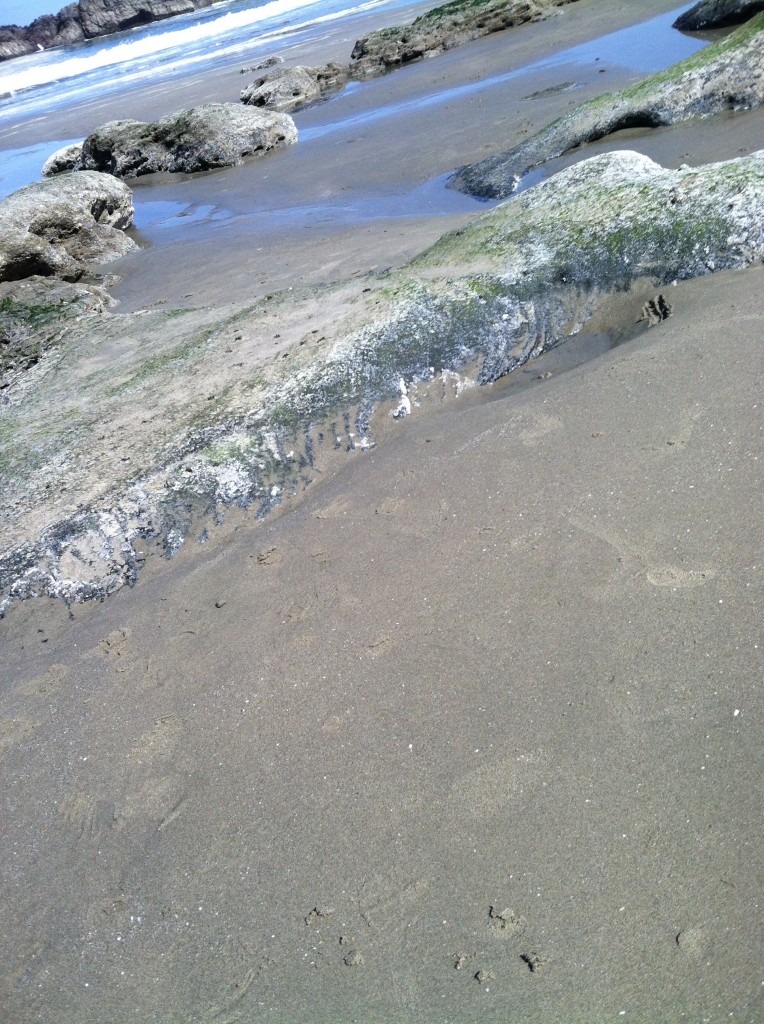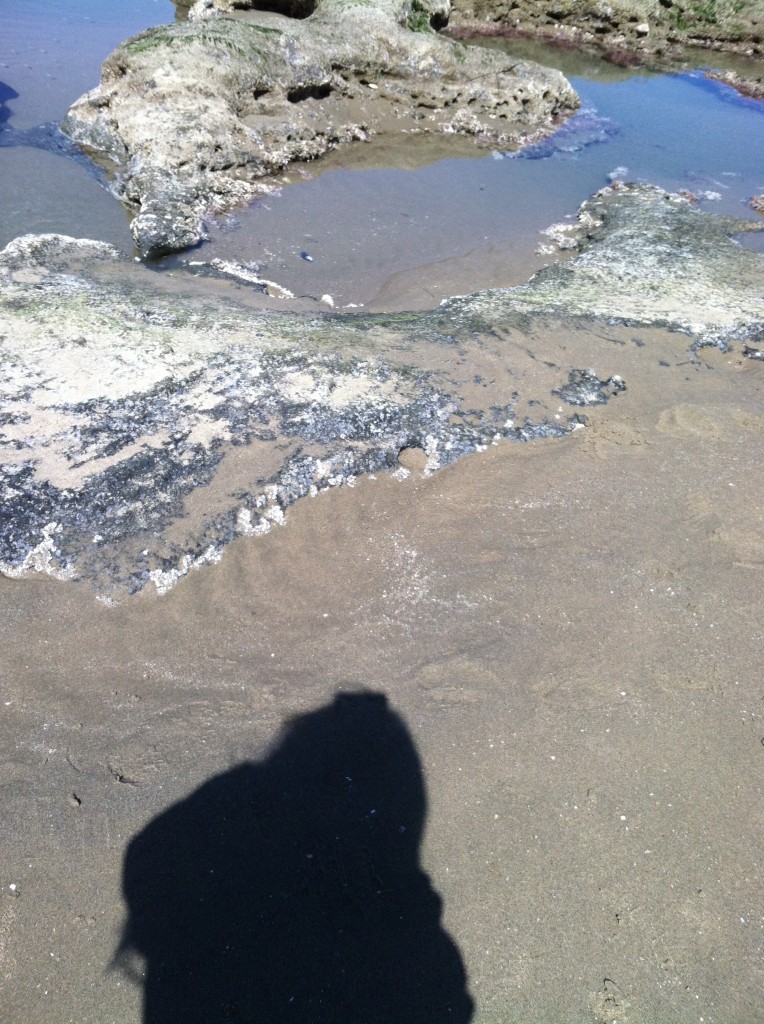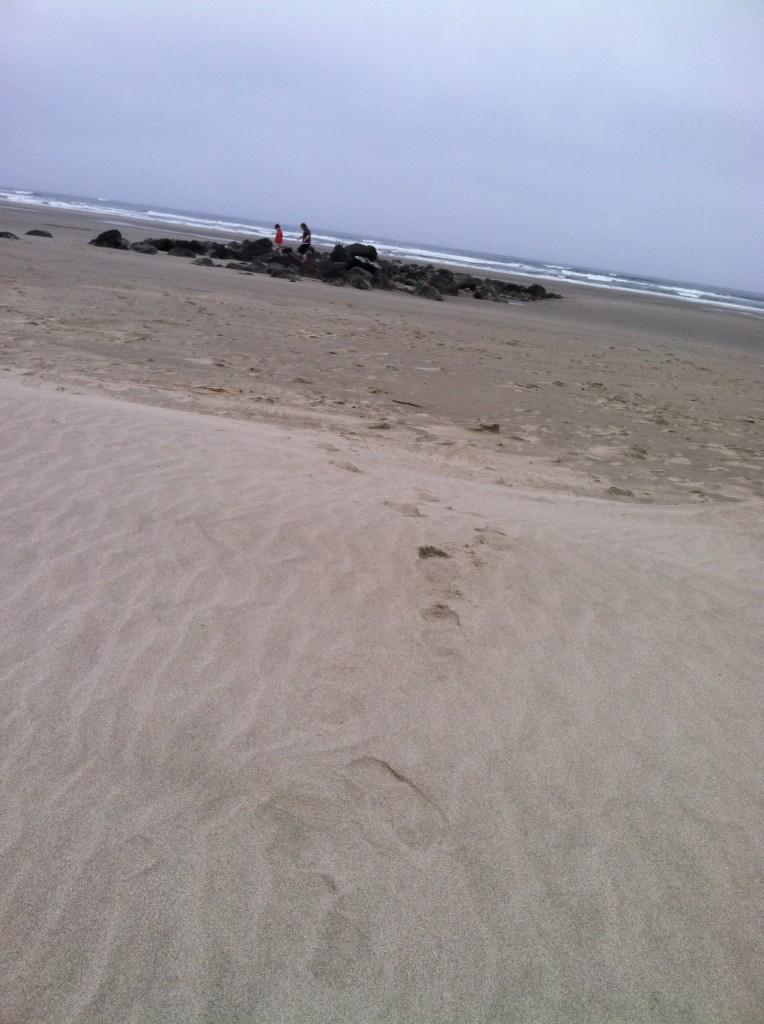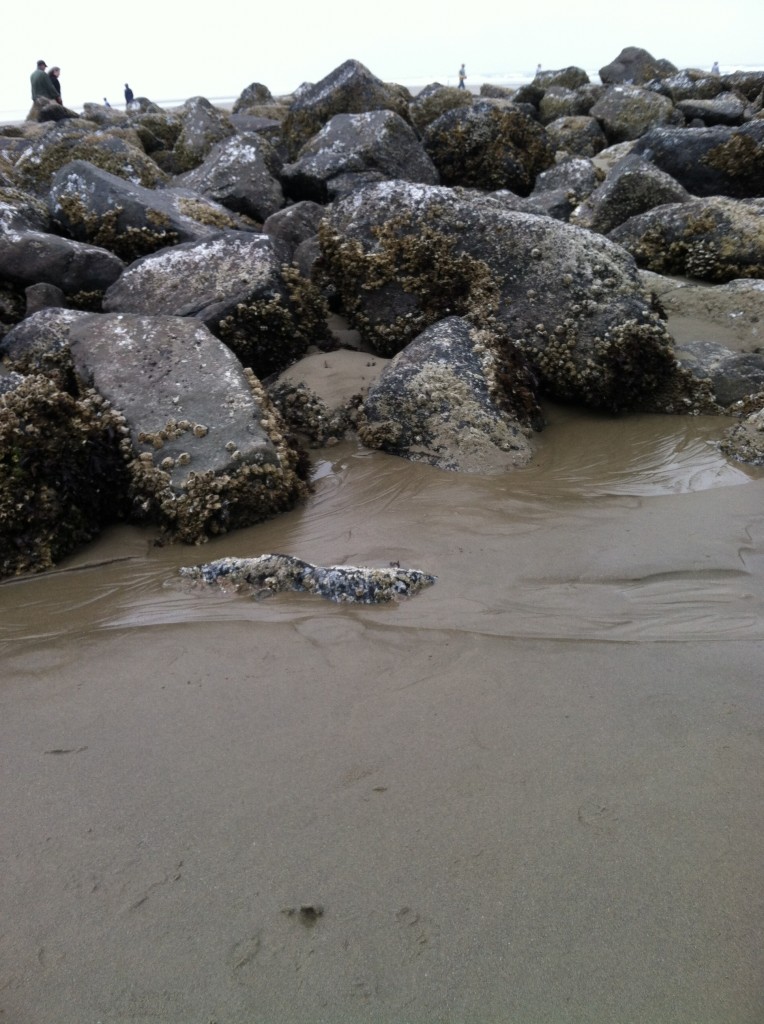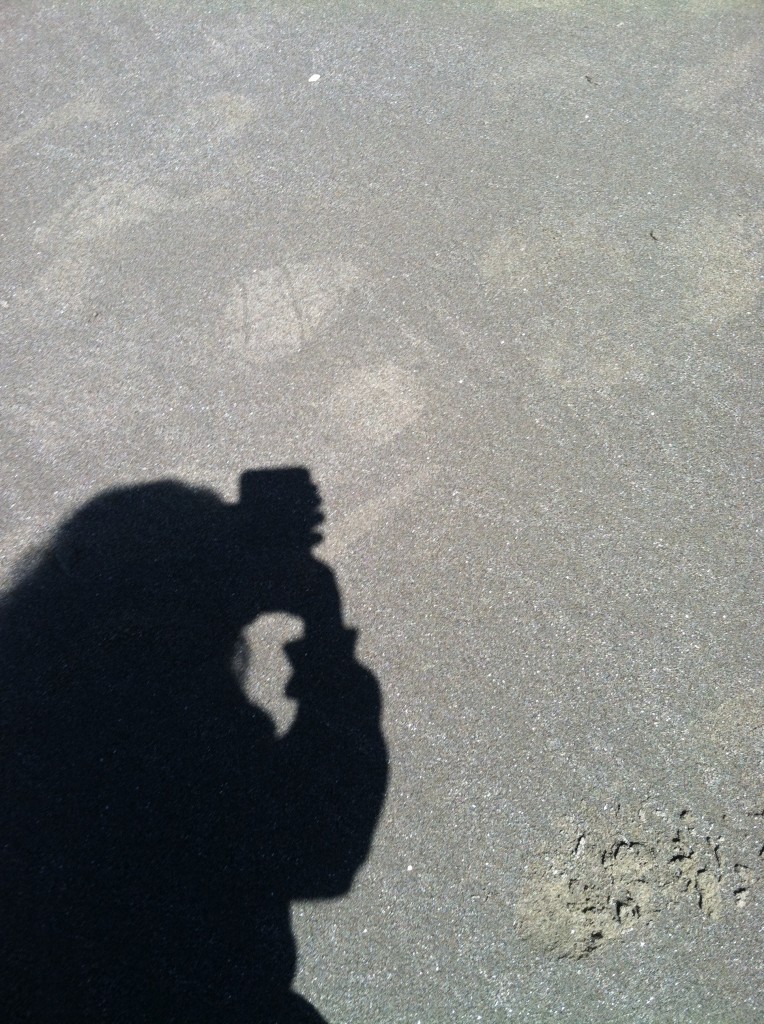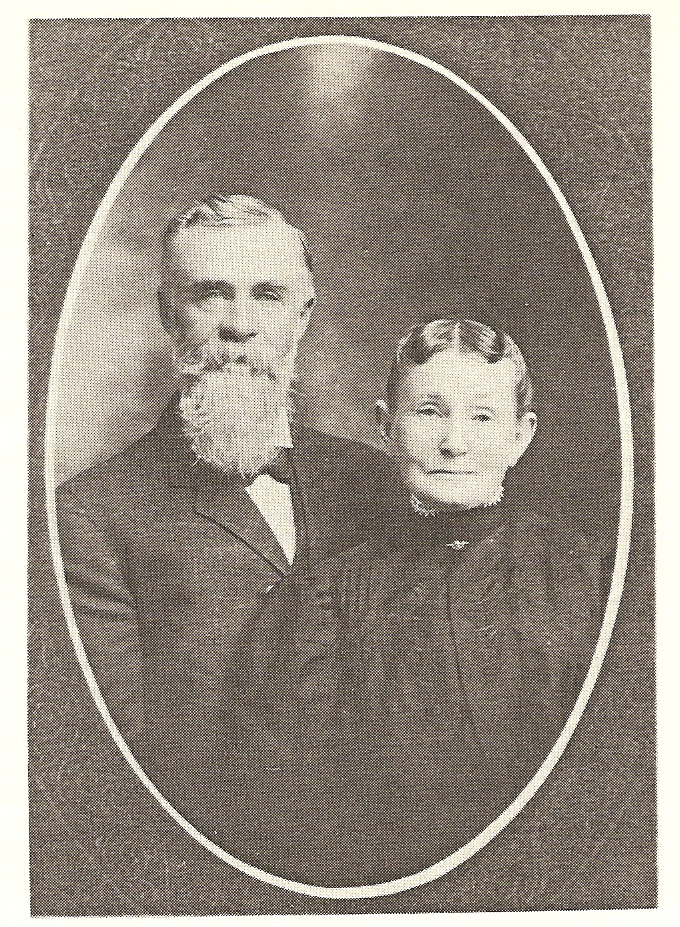We Cooked An Egg On The Asphalt . . . And Then I Ate It
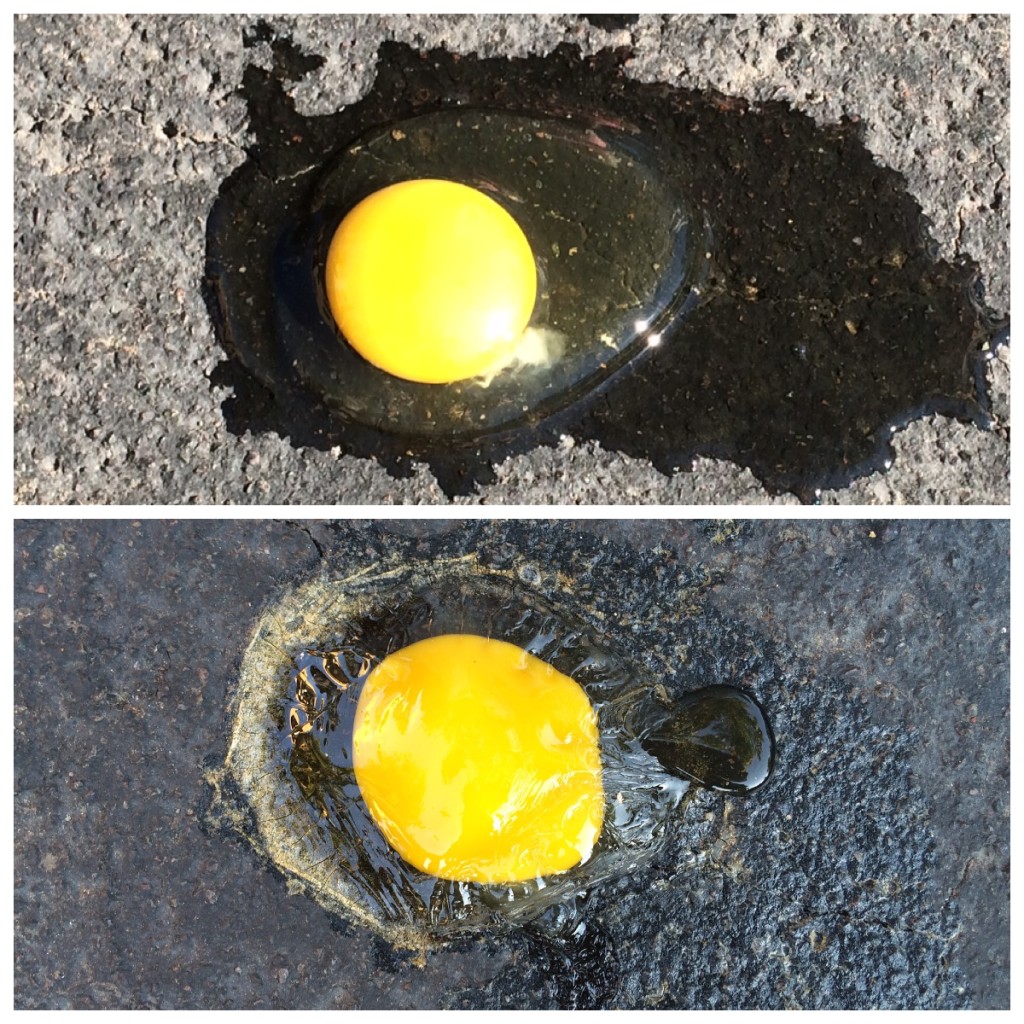
Yesterday it hit 118 degrees Fahrenheit in Phoenix, tying for the fifth hottest day on record here. (My phone said 119, other reports said it hit 120, and a friend’s outdoor thermometer said 121, but I’m going to stick with the conservative temperature.) We decided that the extreme heat made it the perfect time to test whether or not you can actually cook an egg outside on the pavement.
After getting the egg to room temperature, we ventured out into the sweltering heat.

We had considered cooking the egg on tin foil to make it more sanitary, but we decided we cared more about the heat, and we wanted the heat of the asphalt directly on the egg. And so, with great fanfare, we cracked the egg.
We sort of expected something to happen to our egg immediately, but honestly it just sat there.
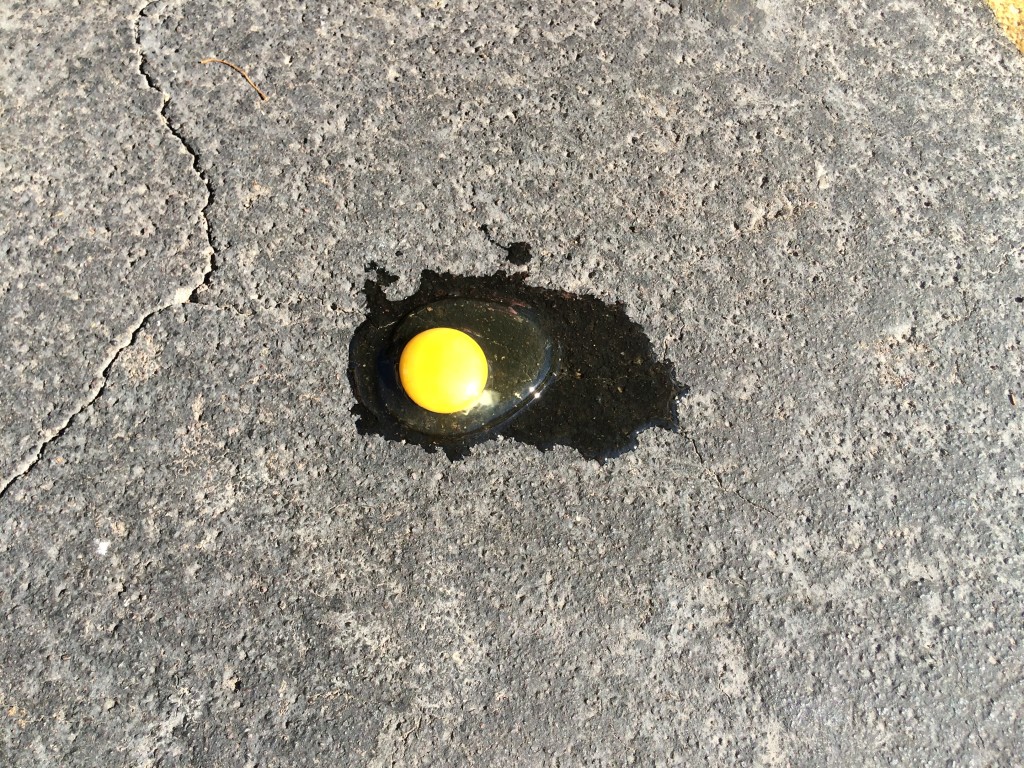
Yes, it was 118 degrees outside, but we weren’t sure that could actually cook the egg, so we decided to give the sun a little help by adding a mirror. It was certainly easier than using a magnifying glass.
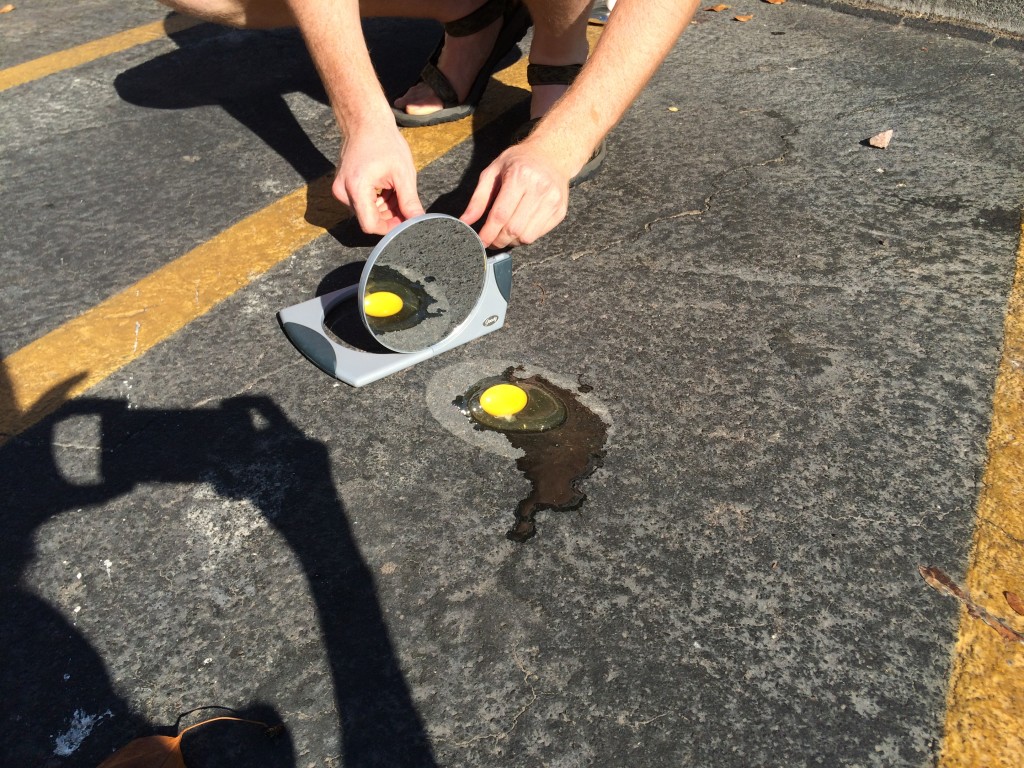
We proceeded to stand outside in the hot sun. Honestly, not the smartest decision we have collectively made as a family. We drank the water bottle we’d brought with us, sprayed each other with a water bottle, met a few neighbors we’d never seen before who were intrigued by our experiment, and mostly just were miserable. If you’ve never been to Phoenix in the summer, let me tell you that 105 degrees is pretty nice if you’re used to it. 110 degrees is kind of miserable. And at 118 degrees your body thinks it’s going to die.
After about 20 minutes the egg really hadn’t changed noticeably. I decided to go inside. If one of our neighbors wanted to steal our egg, all power to them.
We checked on it a few times. Actually, my husband checked on the egg. I stayed in our nicely air conditioned apartment.
After about an hour and fifteen minutes we went back out and decided that the egg had cooked.

While the egg white stayed translucent, it had definitely changed in appearance.
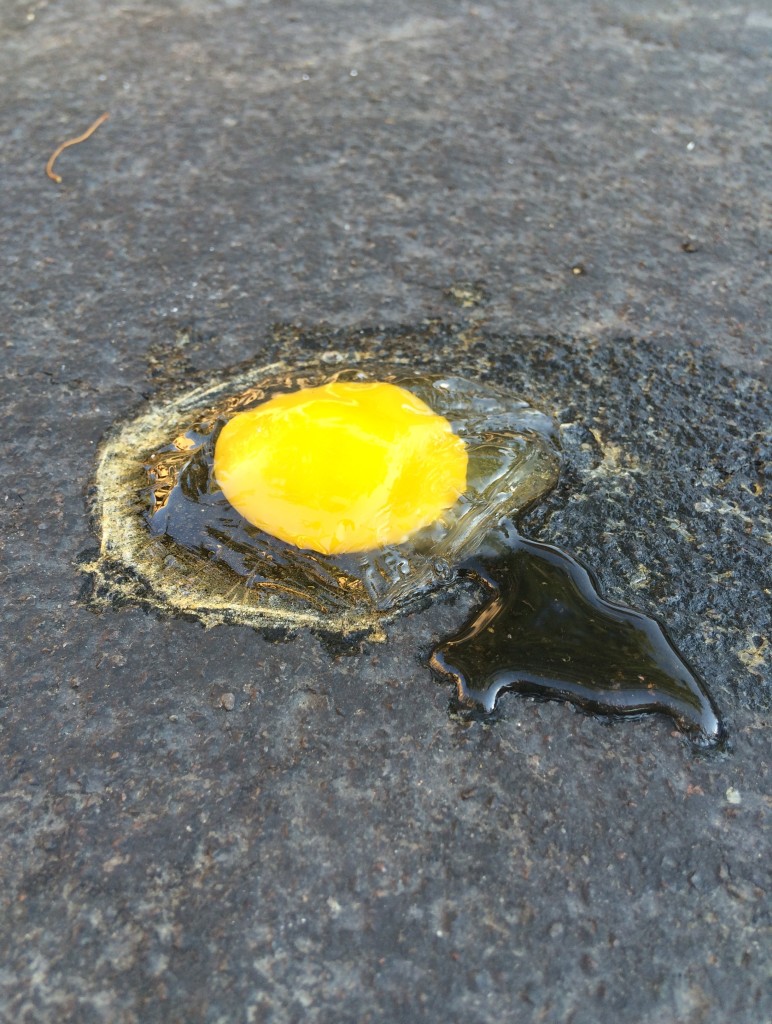
When we poked it, the egg felt solid–it had a plastic-y, rubbery feel to it.
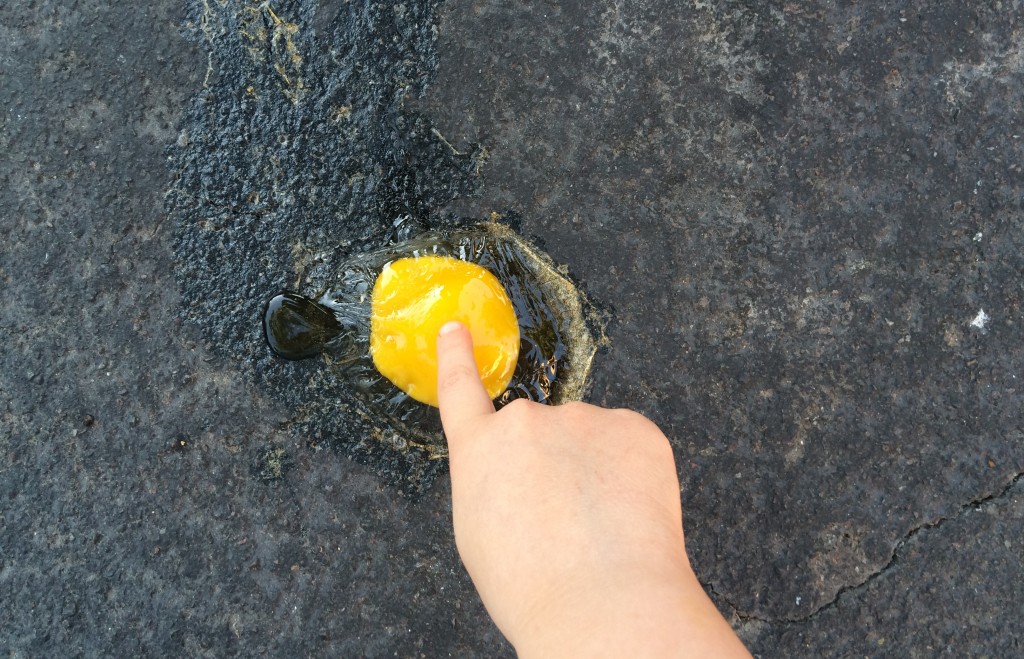
I was able to scrape it off the pavement pretty easily, leaving only a bit of liquid behind.
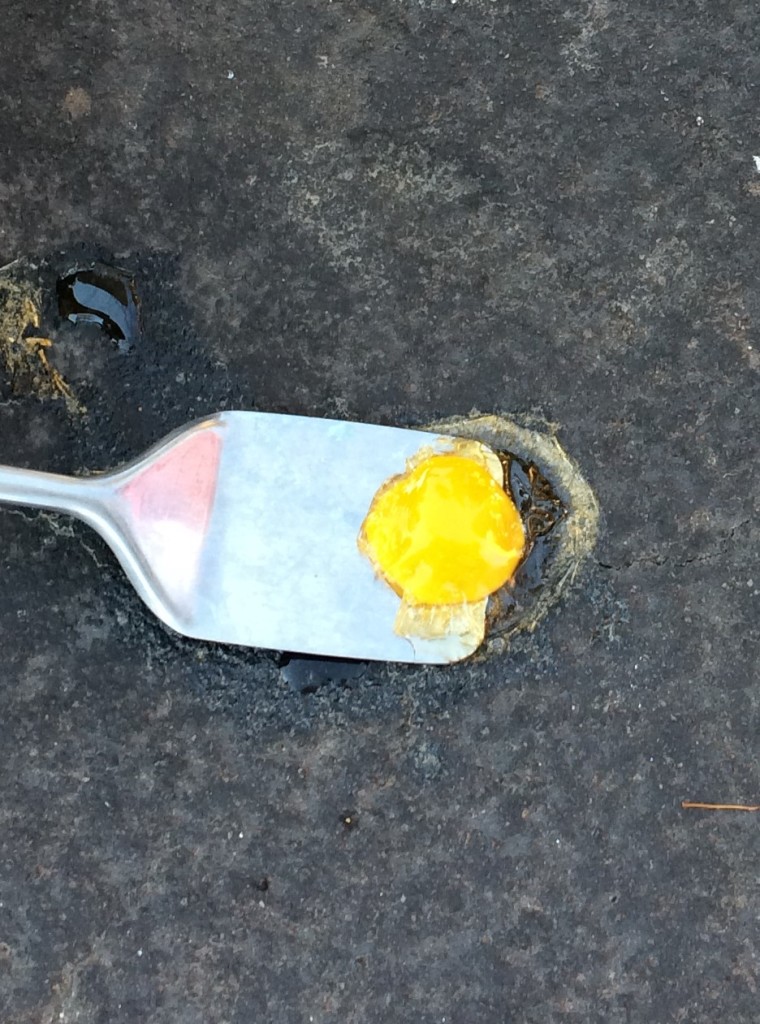
And now we had this egg that we had cooked with the labor of the sun. And even though it had black-ish, asphalt specks on the bottom, I really wanted to eat it. Because what’s the point of cooking a perfectly good egg if you’re not going to eat it? And when would I ever have this opportunity again?

I admit: I was a little nervous. But that wasn’t going to stop me. I was committed. And when I was in Iceland, I ate putrefied shark (buried, rotten, fermented shark). I was NOT going to let a little asphalt stop me.
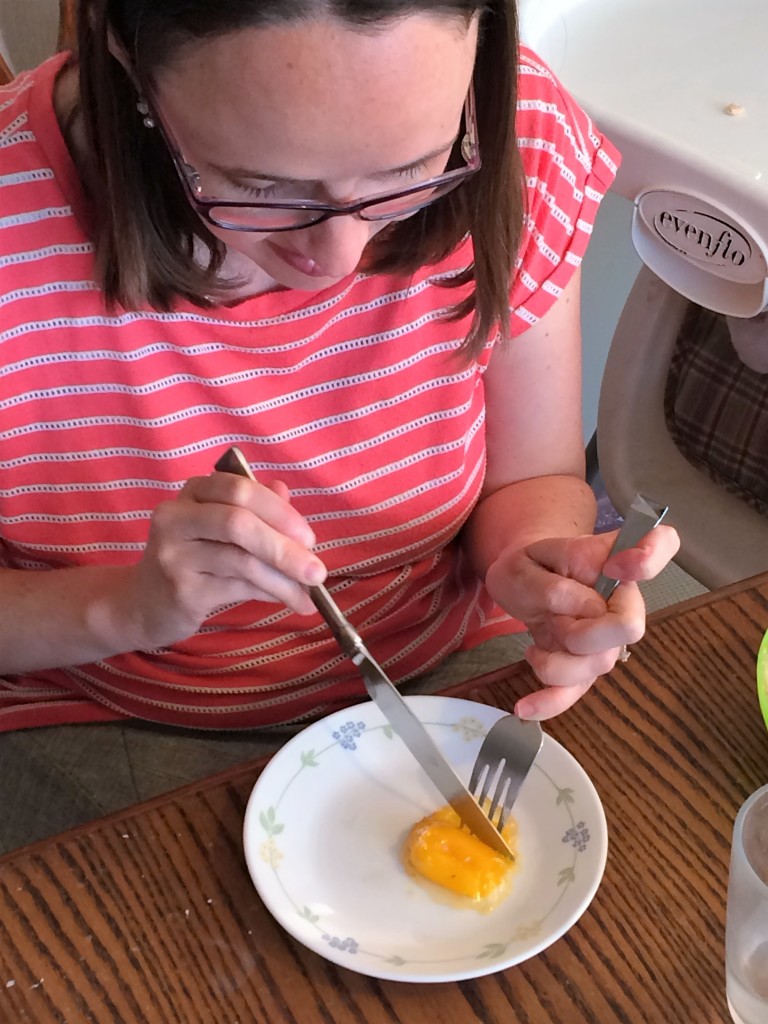
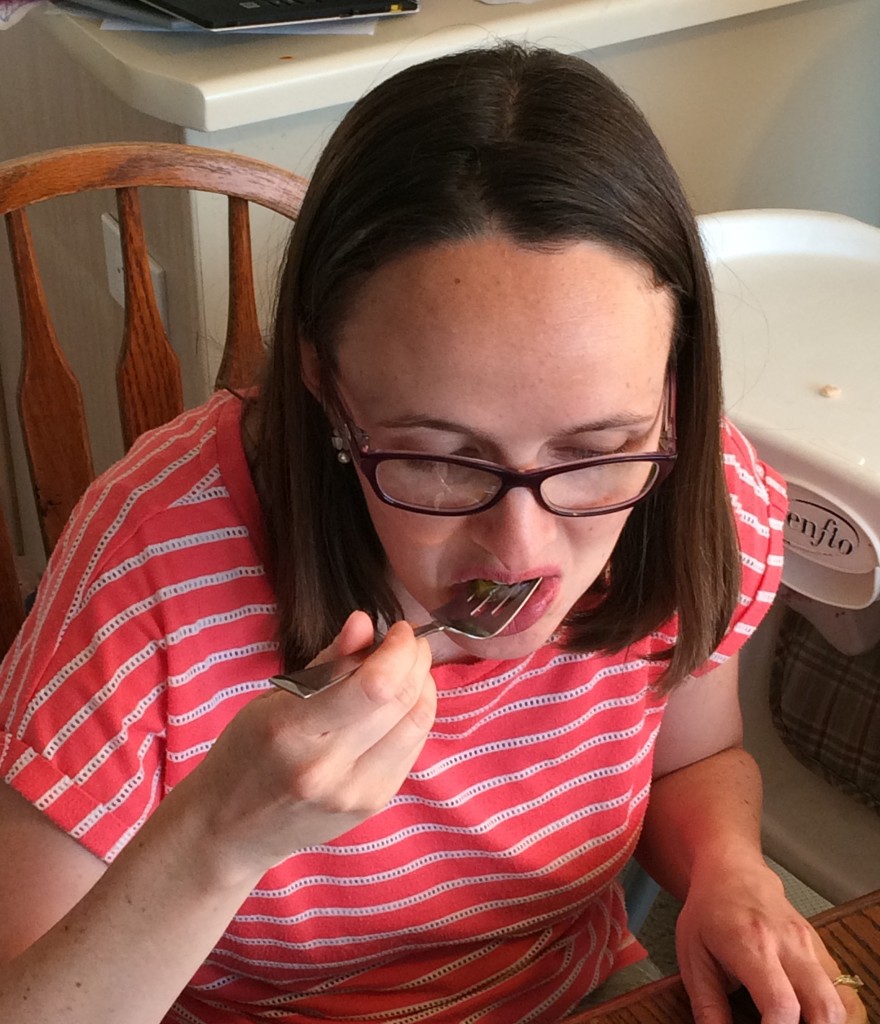
So how did it taste? Well, this is my facial expression:

I’ve had sunny side up eggs before, and while they’re not my favorite, I’ll eat them. This egg was sort of like that. But a lot less edible.
The cooked outside was thick. It was hard–I couldn’t really chew through it–and it was plastic-like in texture. It didn’t taste great, and had really lost all its egg flavor (and gained a bit of a dirt taste). As I bit down, the cooked part of the egg congealed around my teeth. At the same moment, the yoke squirted out into my mouth. Now, in sunny side up eggs, the yoke is still runny, but in this egg, it tasted like it hadn’t been cooked at all. When I bit down, the yoke actually squirted toward the back of my mouth and triggered my gag reflex. I tried to chew it more, but I thought I was going to throw up, so I decided to spit it out.
Fortunately, I did not actually throw up. It took several minutes to scrape (and then floss) the cooked part of the egg off of my teeth. I decided not to eat any more egg, and while my five-year-old had planned on eating some, after seeing my reaction she changed her mind.
So yes, you can cook an egg outside on the road in Phoenix. And you can even eat it if you really want the full experience.



 It was made by my daughter Myra. When “The Clockwork Seer” was released in the anthology Steel and Bone in June, Myra asked me to read it to her. It took two days, but she listened attentively to the entire thing, despite the lack of any pictures.
It was made by my daughter Myra. When “The Clockwork Seer” was released in the anthology Steel and Bone in June, Myra asked me to read it to her. It took two days, but she listened attentively to the entire thing, despite the lack of any pictures. Myra said, “I drew you a pumpkin because your next story needs to be a Halloween story. And it needs to have witches and wizards in it.”
Myra said, “I drew you a pumpkin because your next story needs to be a Halloween story. And it needs to have witches and wizards in it.”















 I made a large Fancy Nancy poster and printed and cut out lots of jewelry, bows, ribbons, butterflies, and other decorations.
I made a large Fancy Nancy poster and printed and cut out lots of jewelry, bows, ribbons, butterflies, and other decorations. Planning your own party:
Planning your own party: I found a ridiculous number of paper crowns at Hobby Lobby for $2, bought sequins, and provided fun markers and glue. And then the kids decorated fancy crowns.
I found a ridiculous number of paper crowns at Hobby Lobby for $2, bought sequins, and provided fun markers and glue. And then the kids decorated fancy crowns.

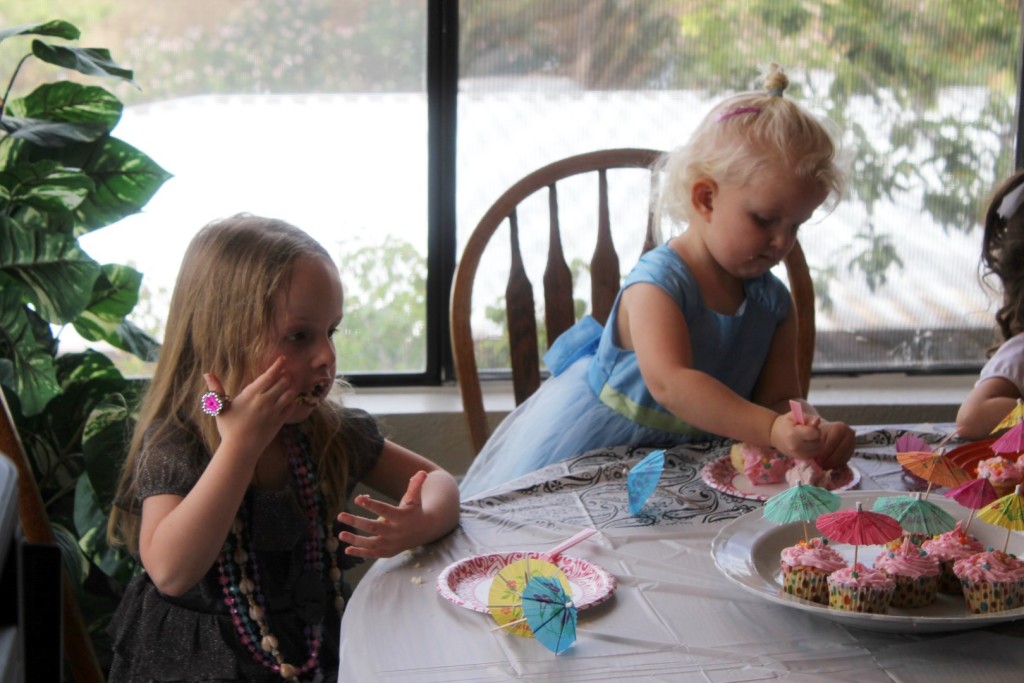

 For favors I bought a couple packs of girly party favors (which you can buy from a party store, Walmart, Target, etc.). I also purchased candy bracelets, extra rings and butterfly hair clips to add to the mix. And the favorite party favor of all: ring pops (from the dollar store).
For favors I bought a couple packs of girly party favors (which you can buy from a party store, Walmart, Target, etc.). I also purchased candy bracelets, extra rings and butterfly hair clips to add to the mix. And the favorite party favor of all: ring pops (from the dollar store).
